Pros and Cons of Lightning Rods And Are They Worth It?
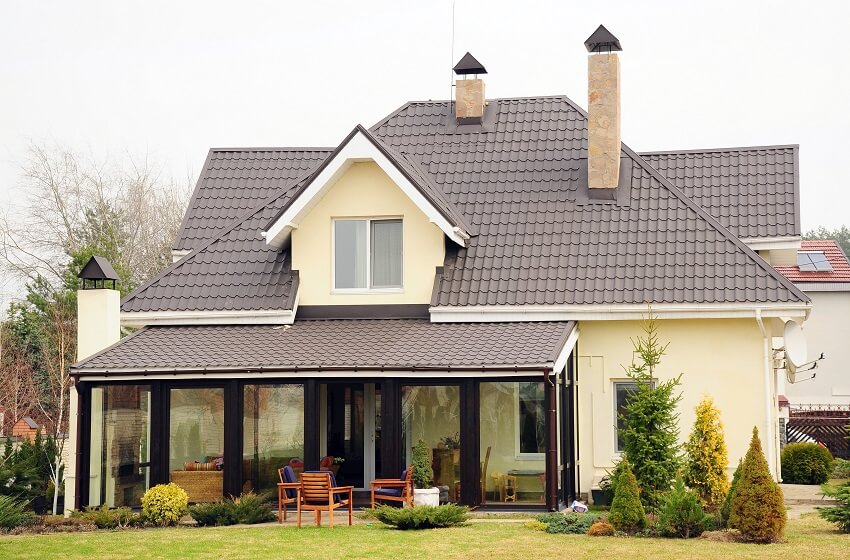
At the basics, your home is meant to protect you from the elements. After all, shelter is one of our basic needs. However, many homes include features to offer additional protection aside from the simple template of four walls and a roof. One tool that you can use to help protect yourself from the lightning in a nasty storm is a lightning rod. These simple additions can offer many benefits, but like anything else, nothing is perfect.
Lightning Rods Pros and Cons
Now that we’ve covered exactly what these rods do and how they do it, let’s take a look at a breakdown of the major pros and cons. First, we’ll get started with the positives.
Pros:
Help prevent fires from lightning strikes – The first benefit of these rods is one that we’ve already noted: their installation does add safety features to your home. When you have this rod installed, you won’t have to worry as much about the sudden disaster that a lightning strike on a home can cause.
Protect your home’s electrical system – A lightning strike can damage a home’s electrical system. Installing a lightening rod may prevent such costly damage in the event of a strike.
Can customize to fit your needs – On top of that, since every home is different, you can customize your set up to best protect your home individually. All you have to do is simply discuss it with the person you hire to install the rod.
Doesn’t take a lot of space – While tall, these rods are narrow and don’t take up a lot of horizontal space. This means that they aren’t going to be too obtrusive while they do their job.
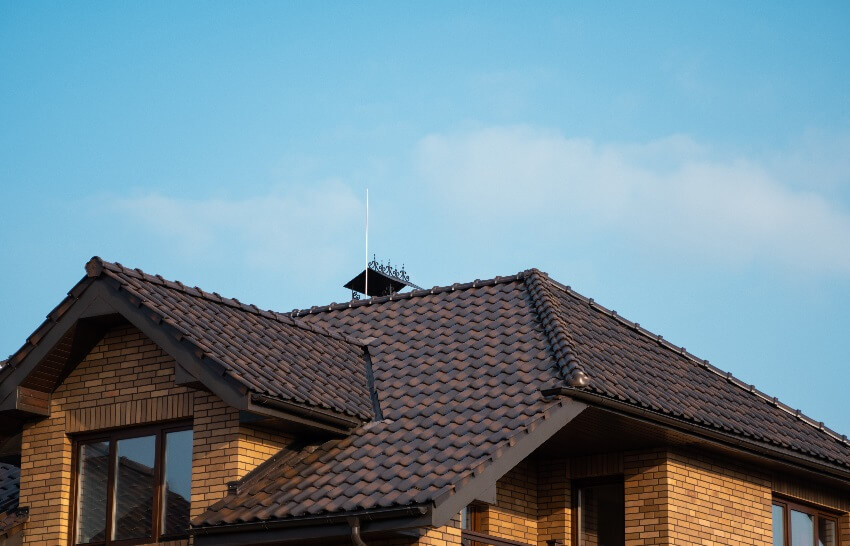
Cons:
On the other hand, there are some downsides that you should take into account. So, let’s take a look at a few of those to get a better idea of the full picture behind these rods.
Must be installed by a professional – The first thing to note is that you should only have a professional install this rod. This isn’t the type of home renovation project that you should take on as a DIY project.
It’s a good idea to seek out a licensed dealer that has credentials from the Lightning Protection Institute (LPI) or Underwriters Laboratories (UL).
Must be correctly grounded – In addition to being installed by a licensed professional, the rod must be properly grounded and checked by a licensed electrician every 6 to 12 months.
Unfortunately, this goes beyond worrying about whether the rod will work too. When installed incorrectly, the rod can even work against you and become a hazard rather than a safety precaution. It’s crucial to invest in a professional.
High cost – The only other con commonly associated with these rods is their cost. Adding this rod to your home is an investment of around $1,500 on average.
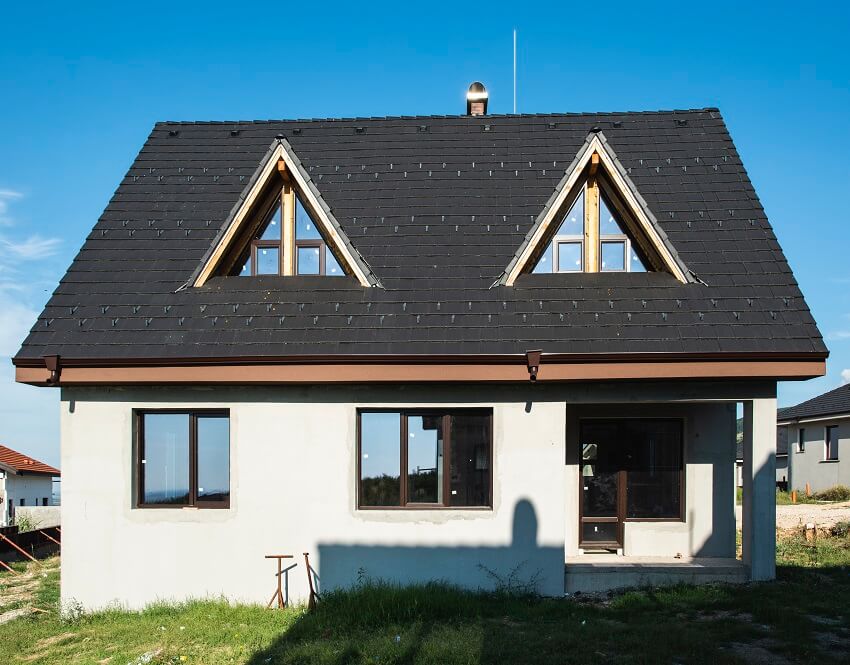
What Are These Rods Used For?
Ultimately, these rods are another tool for homeowners to use to help stave off some of the more dangerous aspects of nature. As the name suggests, this particular tool is meant to save you from a lightning strike or, more specifically, save your home plus everyone and everything inside from a house fire started by a strike of lightning.
On the other hand, this doesn’t mean that these rods will prevent lightning from striking. These simply aren’t going to keep it away from your house. When it does strike, though, this type of rod can work to conduct lightning down its body so that it can disperse below.
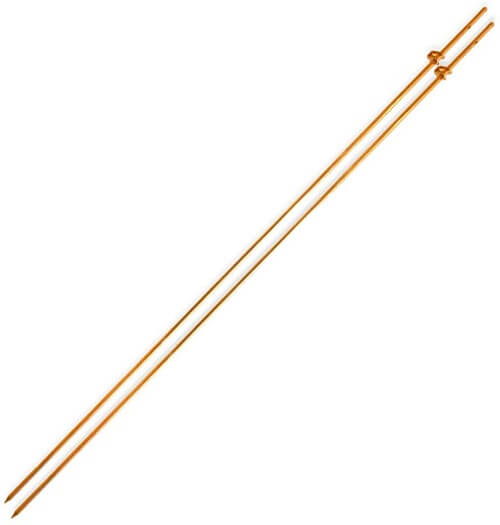
See this lightning rod at Amazon [sponsored link]
This area is called a grounding network and through this technique, you’re much less likely to experience something like a house fire from a lightning strike. Rather, the energy of that strike is diverted safely into a grounding network.
What Are These Rods Made Of?
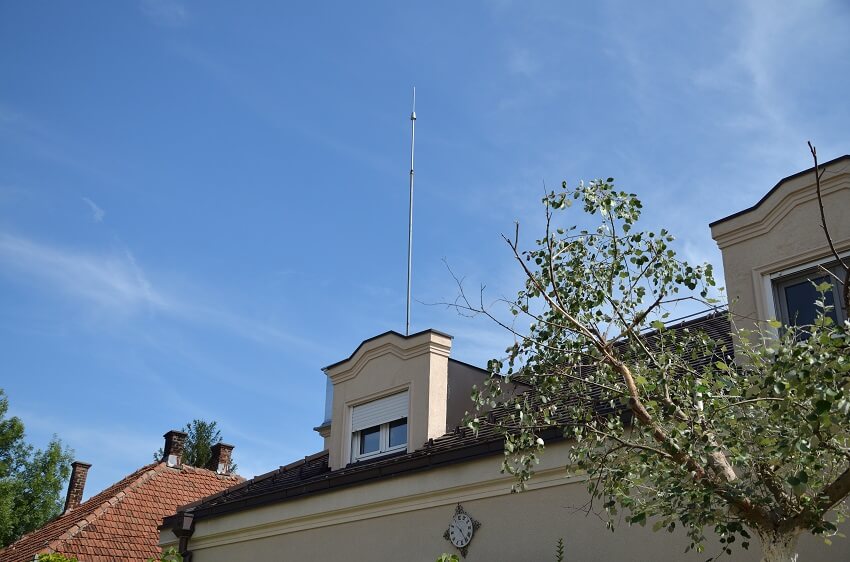
The concept of this rod only works if the rod itself can conduct electricity. As such, these rods are exclusively made with conductive materials that the electricity from the lightning can travel through effectively. While there are a few different types of rods with different design styles, the materials needed for them are generally pretty common.
The most common choices for conductive materials for this purpose are usually either copper or aluminum – more specifically aluminum or copper cable. Copper, in particular, along with alloys of copper are the most often used materials for these rods thanks to their ability to conduct electricity effectively.
This simple design can be expanded upon, though. If you want to protect from some of the additional effects, such as power surges, there’s more to it. At its basics, though, aluminum or, even more commonly, copper is the main component of this rod that gives it its conductivity and, thus, protects your home.
The roof of your home also plays a part in lighting strike safety. While metal roofs are not more prone to lightening strikes than other roof types the roof material of your home can influence how flammable it is. Metal roofs are much less likely to catch fire than wood.
Rod Installation
First and foremost, we should recap again that the installation is a job that’s best left to the professionals. With the incorrect installation, you run the risk of causing more problems than you solve. You can expect the professional installing your lighting rod to run through the following general steps.
The first step is to find out where the grounding networks will go. This is the step in which you can get an evaluation and make decisions about exactly what a house needs to be properly protected. From there, you can start to look at exactly where the rods need to go.
The cables for the rods will need to be fastened regularly – about every three feet. To create a cleaner look, these cables are usually clamped close to areas of a house that already jut out like down areas like molding and gutter pipes. Finally, those cables will connect to the grounding network.
From here, there’s a chance that you may have further installation steps if you’re investing in additional features. For example, if you were going to add a rod with a surge protector, it would take the additional step of installing this feature.
Do Rods Attract Lightning?
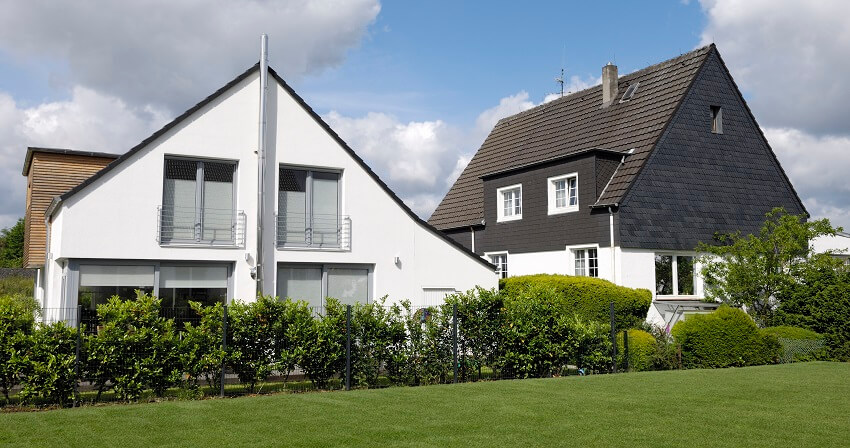
There is a fear that by adding this rod to your home, you’re actually attracting lightning strikes. Yet, it’s worth taking a moment to consider whether this fear is founded before writing off the benefits.
In short, no, you aren’t going to see an increase in strikes on your home if you install this rod. The point isn’t to attract lightning but rather to intercept it. To put this another way, that means that if you were to add this rod to your home, it won’t attract these strikes but it will help divert them in a non-harmful way when they happen. So, all in all, this rod isn’t going to invite danger but rather focus on minimizing risk when a strike occurs.
Are Rods For Roofs A Good Idea?

In the end, this all comes down to one question: are these rods for your roof a good idea? Do the pros really outweigh the cons? Well, to put it briefly, yes, they do. When it comes down to it, these additions to your home aren’t for aesthetic or curb appeal but rather add to the overall safety of your home.
With the investment in this rod, you’re taking a precaution to avoid a much more costly or even dangerous situation like a house fire later on. That being said, it’s worth considering the placement of these rods carefully. As we touched on earlier, you can work with the company helping you with the installation to help you find the best concepts for these rods around your house.
These professionals will be better able to answer questions about placement and how many of these rods you’ll need to properly protect your home. At the end of the day, though, the benefits can really pay off in the long term.
Visit our articles like what is a demising wall, and what is brickmold on a door for more related contents on extra safety features for your homes.

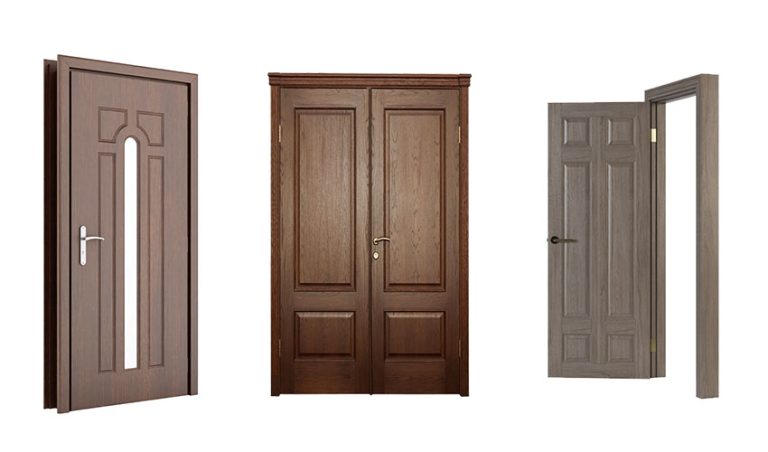
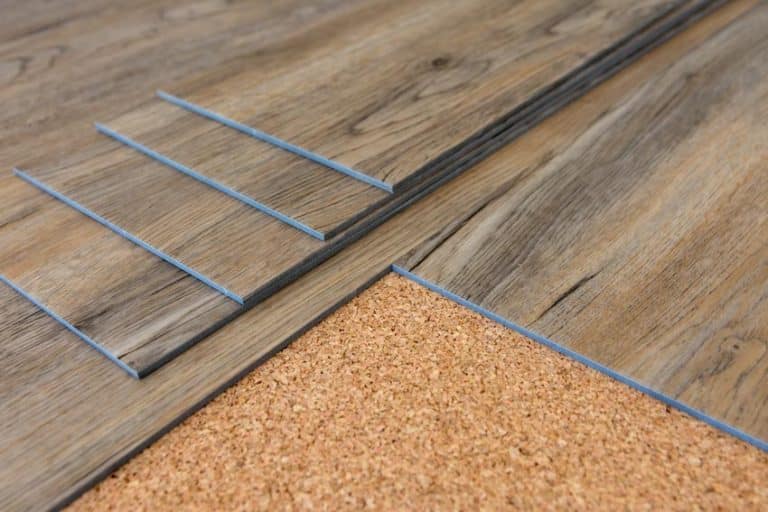
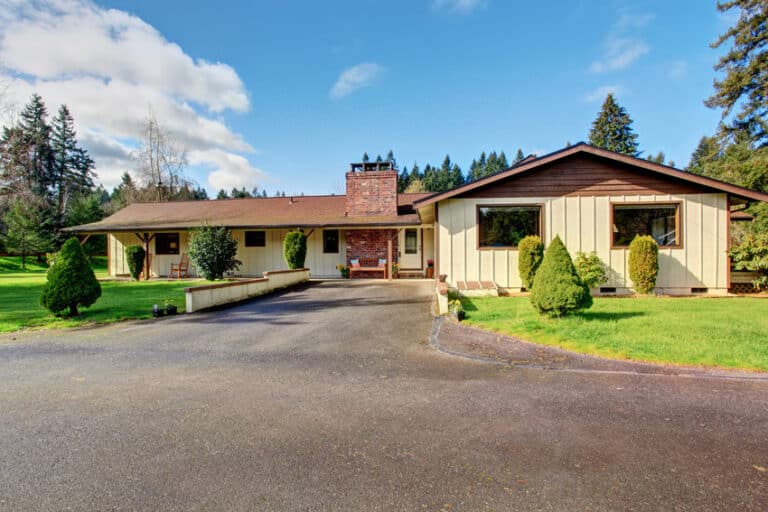
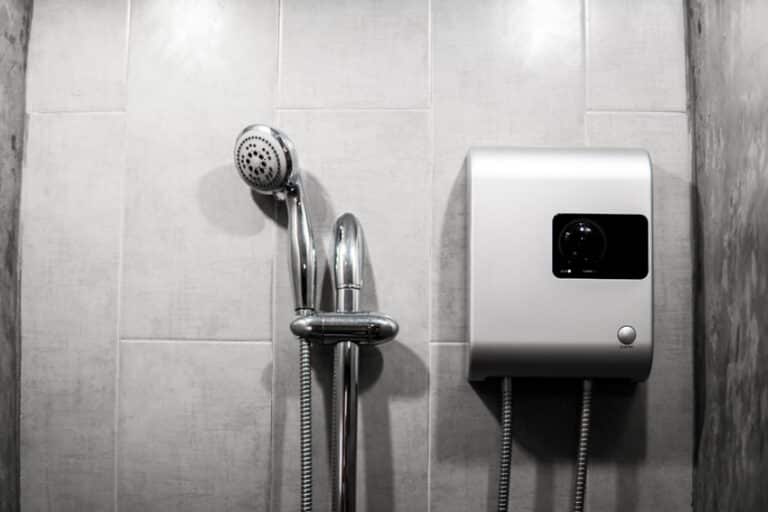

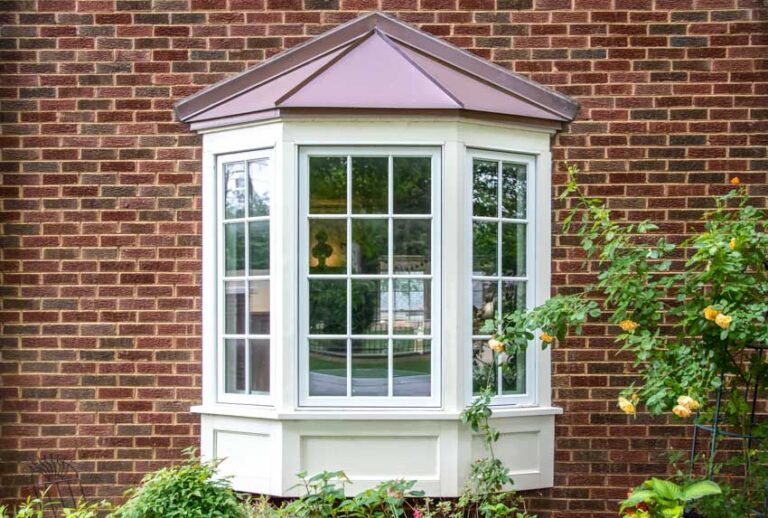
Dear Sirs.
I am concerned about the attic of a building where my brother obtained permission to use the underrof area, using stairs from his flat.
The huge lightning rod goes down, of course to the lower floors where it is not visible, but up there, it’s open and practically withing everyone’s reach.
Should it be covered with a brick column in order to “disappear” in the attic as well, or, just a professional knows what to do. The building has been built in 1965 and has brick roof tiles.
Sincerely,
Leo
I’m not familiar with lightening rods of that size. The ones I’ve seen are from 12″ to several feet. You should contact a local electrical contractor who can take a look, answer your questions and give you an estimate on a remodel or repair if needed. Thank you for the question.